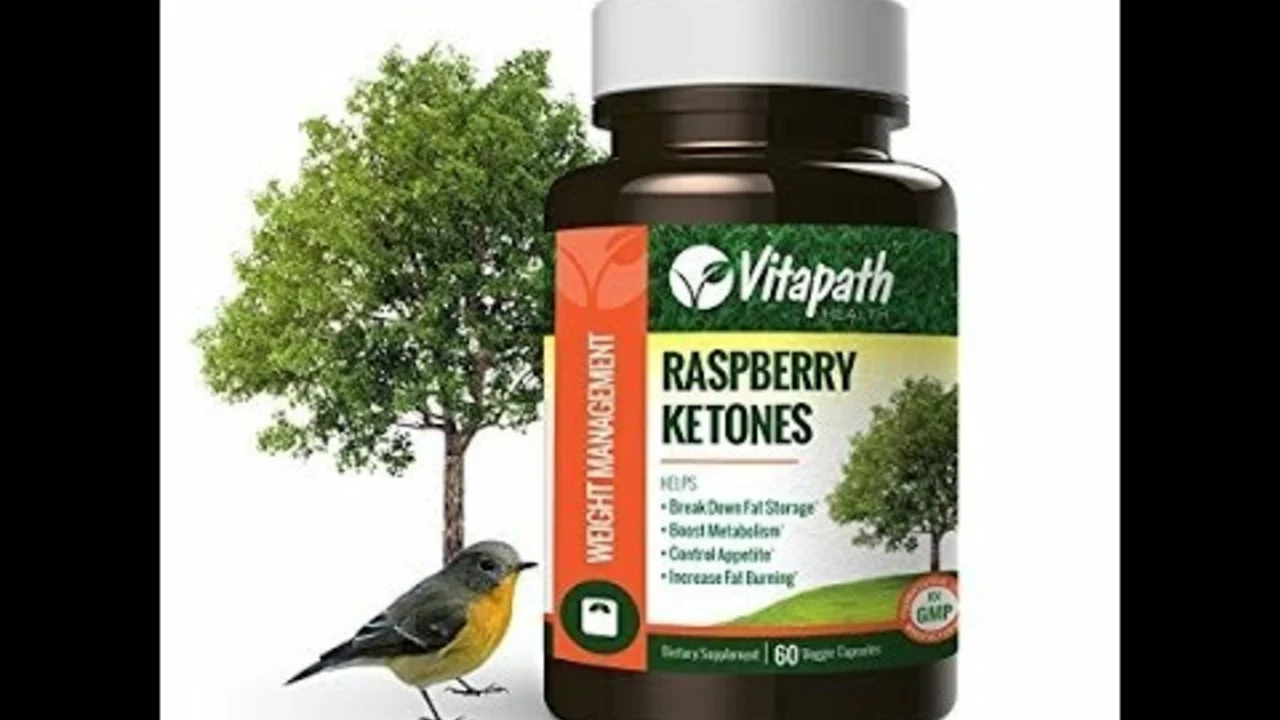Comfrey: Uses, Safety Tips & How to Use It
Thinking about using comfrey for a bruise or sore muscle? Comfrey (Symphytum species) has a long history in home remedies because it contains allantoin, a compound that can help skin cells repair and feel less sore. But comfrey also carries a real risk: some forms contain pyrrolizidine alkaloids (PAs) that can damage the liver if taken the wrong way. Here’s a clear, practical guide to when comfrey can help and how to use it safely.
When comfrey helps
People use comfrey mainly for short-term external problems: sprains, strains, bruises, and minor muscle pain. Topical gels and ointments that contain comfrey extract can reduce pain and swelling and speed up the look of healing on skin. For small, recent injuries like a rolled ankle or a bruise after bumping into something, comfrey cream applied to the outside of the skin can be helpful.
Comfrey works because of two key actions: it can reduce inflammation and it may support cell growth and wound repair. That makes it useful for brief, local problems where you want faster relief and improved recovery.
Safety and how to use it safely
Don’t eat comfrey. Internal use can allow PAs into your bloodstream and cause liver damage or other long-term problems. Even some topical products can contain PAs, so choose carefully.
Practical safety steps:
- Prefer products labeled “PA-free” or “PA-depleted” when possible.
- Use comfrey only on unbroken, intact skin. Avoid open wounds, deep cuts, or mucous membranes.
- Limit short-term use. If symptoms don’t improve in a week or two, stop and see a clinician.
- Don’t use if you are pregnant, breastfeeding, or have existing liver disease.
- Do a patch test first: apply a small amount to a tiny skin area, wait 24 hours, watch for redness or irritation.
- Don’t give comfrey to children without medical advice.
If you want to try comfrey at home: clean the area, apply a thin layer of PA-depleted comfrey cream or gel, and cover only if needed. Follow product instructions and stop if you notice itching, rash, or signs of more serious problems like jaundice (yellowing of skin/eyes).
Not sure if comfrey is right for your injury? Ask a pharmacist or doctor. For many people, safer options—like rest, ice, compression, elevation (RICE), over-the-counter NSAIDs, or arnica—work well without the liver risk. Use comfrey carefully and briefly, and treat it like a targeted first-aid tool rather than a daily supplement.
If you want specific product advice or have a health condition, contact a healthcare provider. Your liver will thank you for checking first.
In my recent exploration of all-natural dietary supplements, I've come across an herbal giant - Comfrey. Known for its abundant health benefits, this plant is gaining traction in the wellness community. From promoting bone health to enhancing digestion, Comfrey is a powerhouse of nutrition, packed with vitamins and minerals. So, if you're on a wellness journey like me, consider incorporating Comfrey into your diet. Trust me, it's worth the hype!
Read more



